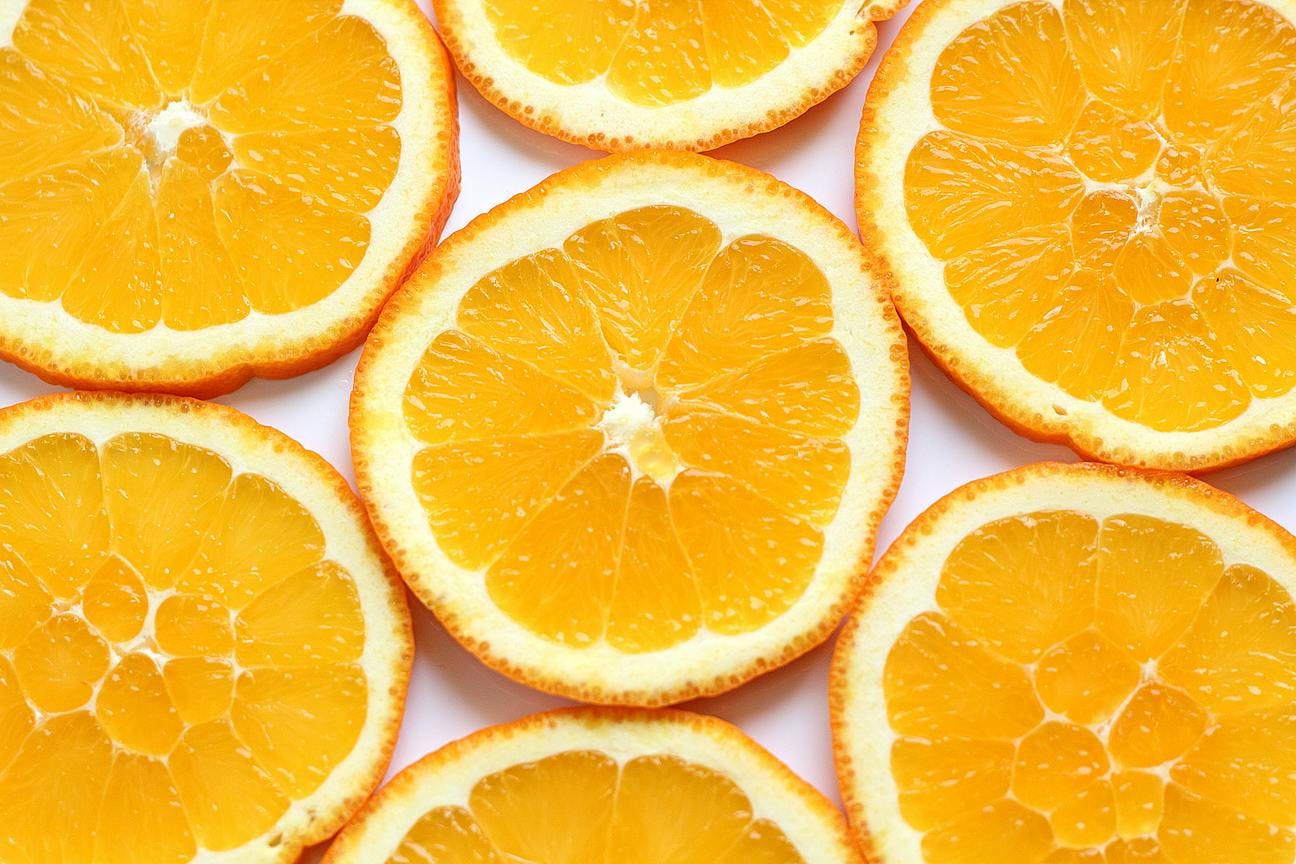
Know your Gin Botanicals: Orange (and a sneaky chocolate recipe....)
While many of Shortcross Gin’s botanicals are foraged from its Northern Irish home on the Rademon Estate, one ingredient that comes from farther afield is orange peel – a popular and deliciously fragrant gin botanical.
Distillers making use of the dried and fresh peel of both sweet oranges (the kind we eat and juice) and bitter oranges (which are used in marmalade). Some gins also make use of orange blossom, orange hybrids such as blood oranges, and even whole fresh oranges – although this is far less common than the peel.
Strictly speaking (and perhaps slightly surprisingly) the orange is in fact a hybrid between a pomelo and a mandarin. Thought to have originated in southern China, northeastern India and southeastern Asia, oranges were first cultivated in China round 2500BC.
Crusaders introduced the bitter orange to Europe via Italy in the 11th century but the sweet orange didn’t appear there until the late 15th century or early 16th century, when Italian and Portuguese merchants introduced orange trees to the region. The sweet orange was soon adopted by Europeans as an edible fruit and was considered a luxury item, grown by the moneyed classes in private conservatories – or ‘orangeries’.
Oranges were introduced to the Americas by Spanish travellers in the 16th century, and sailors on ships exploring the world during the Age of Discovery planted orange trees along trade routes in an effort to combat scurvy, which is caused by a lack of vitamin C.
The fruit’s trees now cover the globe, but are not known to grow anywhere in a truly wild state. Oranges are widely cultivated in tropical and subtropical climates and account for about 70% of citrus production worldwide.
One delicious use for orange peel (other than making and garnishing gin) is candied peel. It takes some patience, but it’s really simple…
Chocolate-dipped candied orange peel
Ingredients
4-5 large oranges
500g granulated sugar
1tbsp glucose syrup (optional – but helps prevent the finished sticks from getting too hard)
200g good plain chocolate
Method
Scrub the oranges and use a sharp knife to remove the peel, along with the attached pith. Weigh out 250g of peel and cut it into 6mmx5cm strips. Put the strips in a large pan and cover them with 2 litres of cold water. Bring to the boil and simmer for 5 mins.
Drain and return the orange strips to the pan with 1 litre cold water. Bring to the boil again, cover and simmer for 45 minutes. Add the sugar to the pan and stir until dissolved. Cover again and simmer for another 30 minutes. Remove the pan from the heat and leave to stand with the lid on for 24 hours.
Bring the contents of the pan to the boil again. Add the glucose syrup, if using. Boil for 30 minutes until the liquid has evaporated and the orange trips are coated with a bubbling syrup. Allow to cool then carefully place the orange on a wire rack. Leave in a warm place for 24 hours.
The sticks can now be eaten as they are – if kept in an airtight container they’ll last for 3-4 months. For something a bit special, you can also dip them in chocolate.
Break the dark chocolate into pieces and into a heatproof bowl and warm over a simmering pan of water until melted. Remove the chocolate from the heat and dip half of each orange strip in then place on greaseproof paper to dry. Once dipped in chocolate, the candied peel is best eaten within three weeks.







